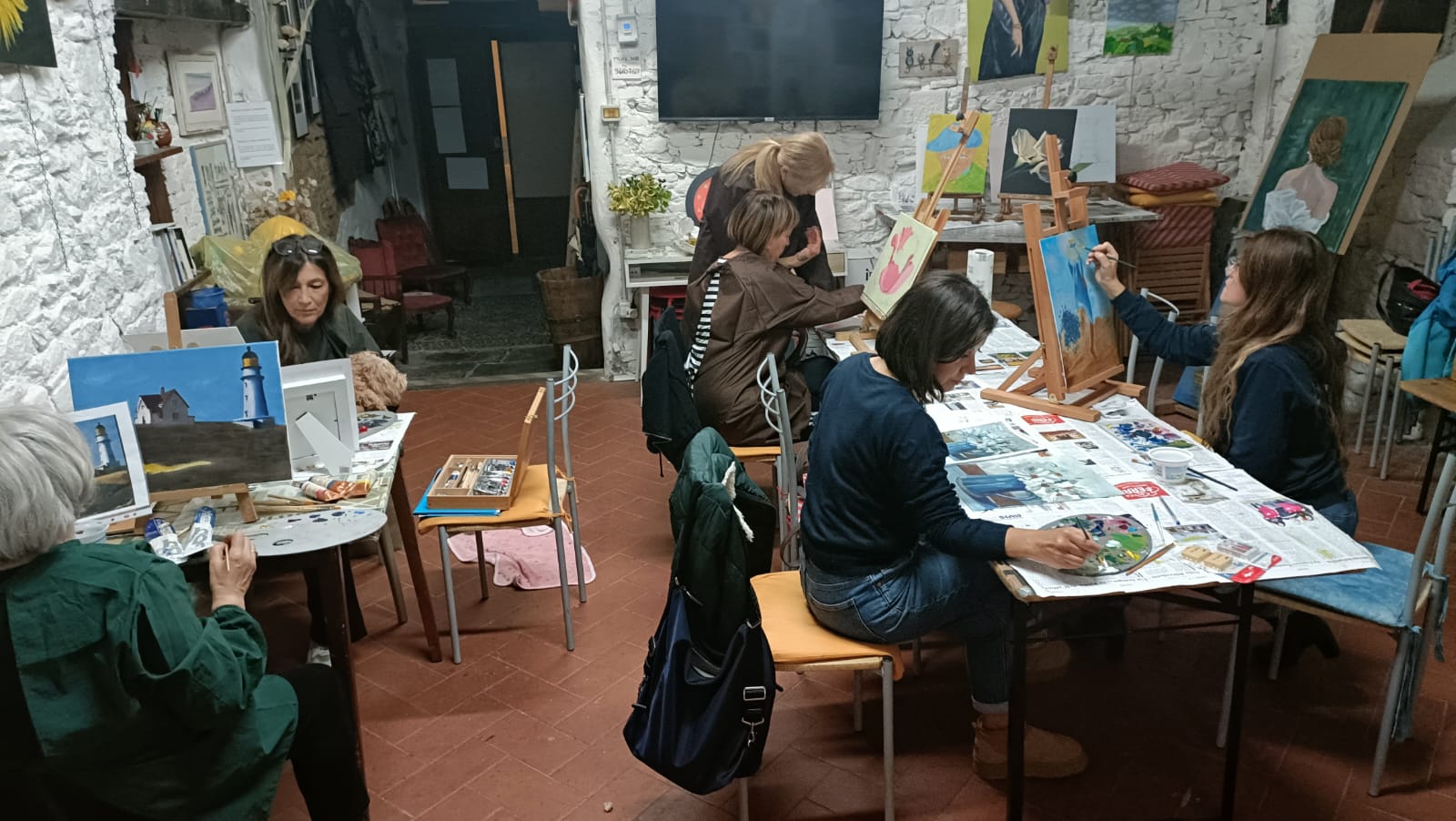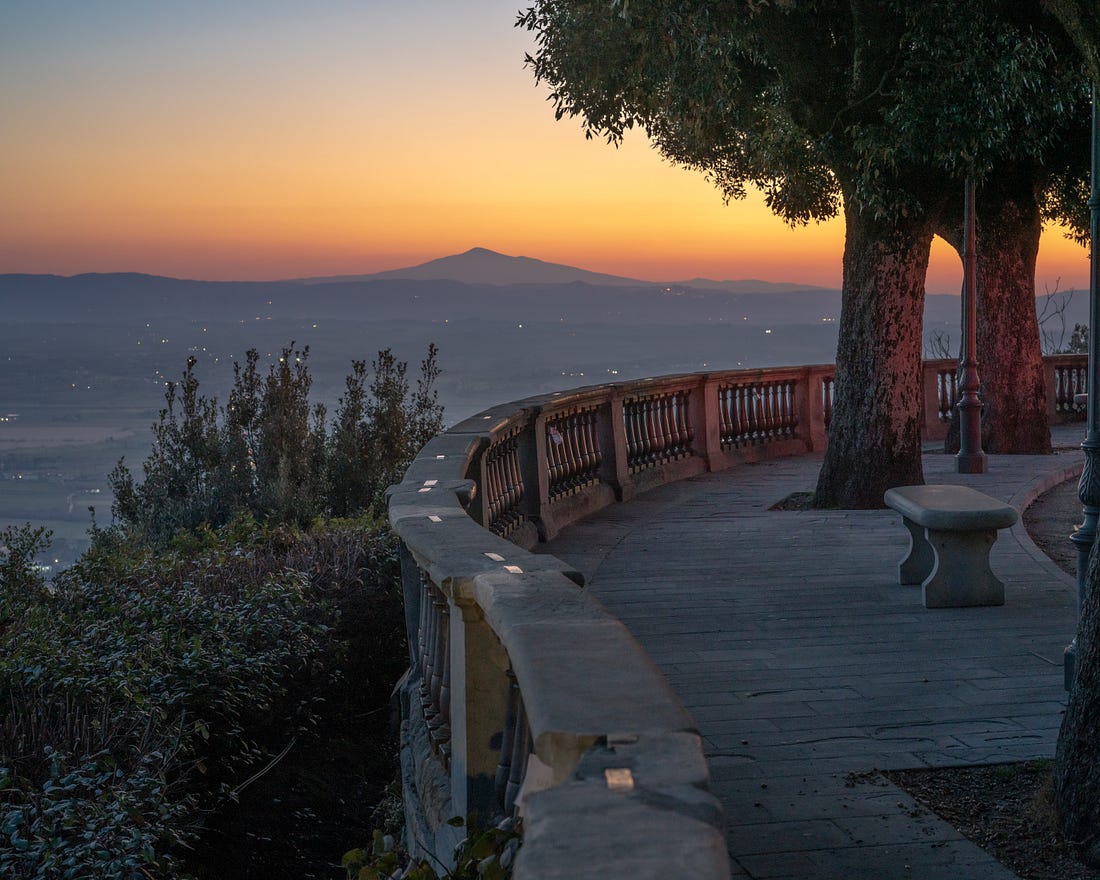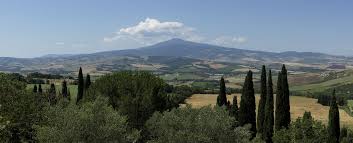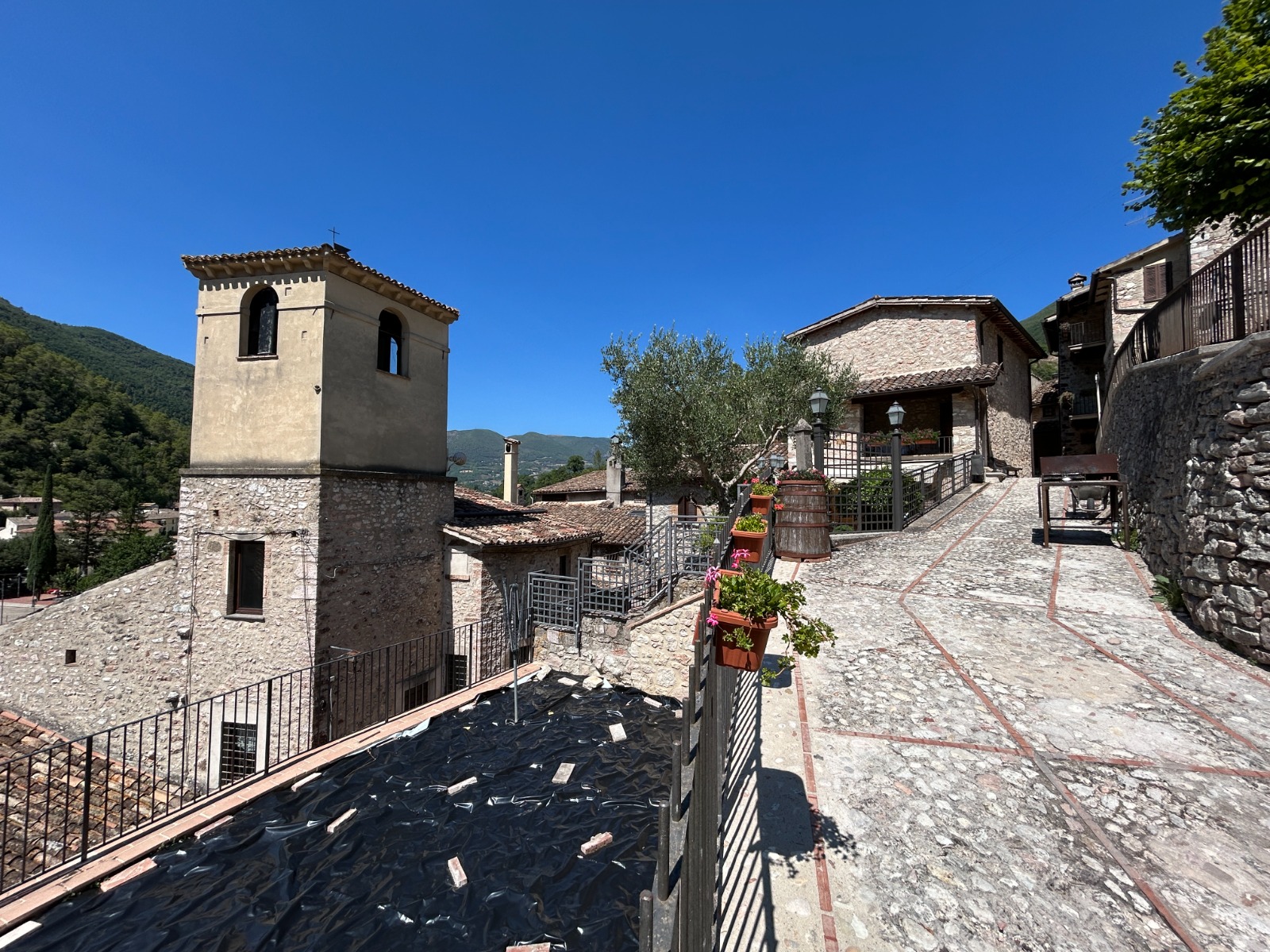The Casentino, a wild and spiritual land
Surrounded by mountains and by green woods, the Casentino valley is located in the eastern part of Tuscany, east of Florence and north of Arezzo. The valley develops close between the Pratomagno mountains and the Apennines which mark the border with Emilia Romagna. At the centre flows the Arno river that rises on Monte Falterona which is located a little further north.
The Casentino is appreciated for its extraordinary natural heritage, its forests are certainly among the most important in all of Tuscany. The large chestnut, beech, oak and fir woods that make up the Casentino forest are in fact protected today through the Parco Nazionale delle Foreste Casentinesi.
With its forests the Casentino is the ideal destination for nature lovers and hiking and trekking enthusiasts, but the valley also has much more to offer: the Eremo di Camaldoli, the mother house of the Camaldolese order, the SSantuario della Verna, where San Francesco received the stigmata and the beautiful Pieve di Romena, a magnificent example of Romanesque architecture.
The Middle Ages here have left truly indelible traces, with its medieval castles of Romena, Porciano and Poppi, which can easily be defined as one of the most beautiful and important in all of Tuscany.
Even in its hamlets you can catch the charm of the past. The main ones are Bibbiena, Poppi, Stia, Pratovecchio, Ortignano and Raggiolo, without forgetting also Cetica, Castel San Niccolò and Strada in Casentino.
Casentino is also a land with a great culinary culture, strongly linked to local products and the peasant tradition; in this regard, I also point out the interesting EcoMuseo della Castagna which is located in Raggiolo. Craftsmanship is another flagship of the Casentino. Among the many local processes, the panno casentino stands out; this is a traditional woolen fabric, typically orange or green, used to make winter coats.
Stia
Stia is a small hamlet in Casentino located at the foot of the mountain range which also includes the Monte Falterona. The village grew during the Middle Ages both as a market and as textile production centre.
The historical centre of Stia is all round it’s main square, Piazza Tanucci. The textile production of Stia relates mainly to the Panno Casentino, a traditional wooden fabric which during the 19th century became in high demand.
Parco Acquatico, Il Canto alla Rana, Stia
The young people of Stia know well what it means to wait for Summer, with impatience and trepidation.
It is strange to think that in the country where the Arno is born, the river itself takes the place of the sea, and this happens in the ‘Canto alla Rana’ river park. This strange name derives from the widespread presence of frogs as well as tadpoles, in the middle of the last century.
The spring water that comes directly from Mount Falterona is a cool temperature but not so cold as to prevent bathing, clear and crystalline and the area has been enhanced over the years making safer, giving tourists efficient services, restaurant and recreational activities in the summer months; playground, volleyball courts, Adrenlina Adverture park for the more adventurous visitor where one can hike, climb, scale and hang from wires whilst admiring the landscape.
What surprises visitors, often motivating them to return to Stia periodically, is the extraordinary landscape heritage that almost surprisingly, is not located in a remote or peripheral area but a few metres from the historic centre of Stia, Piazza Tanucci, that Leonardo Pieraccioni chose as the the location for numerous never forgotten scenes of the film ‘Il Ciclone’.
The first obstacle you come across is the so called ‘Ghiacciaia’, so called because the water does not heat up even in the height of summer.
The waterfall reaches about 5m in height and appears majestic even when seen from a distance. Just a few steps further on is the heart of the Park, the pool commonly called ‘Il Gorgone’ with a monument in it’s centre in memory to Beppa d’italia’, used by locals as a diving spot.
Canto alla Rana also has hidden and undiscovered bathing spots: beyond the Adventure Park, a short and not impervious path has recently been made accessible again which leads to the river and places where past generations spent their summers. Following the road, it is possible to see two small pools called ‘pizza dei tafani’ and ‘pozzo dei Carabinieri’, where the waters have an extraordinary clarity, with a colour tending towards emerald green, thanks to the reflection of the plants. The path ends when a waterfall similar to the ‘ghiacciaia’ appears, but unlike the first one it has a more intimate and personal atmosphere, as it is unknown to most people or even forgotten. It is almost surprising to think that that very dam, know as ‘il Prato’ was the part of the Arno most frequented by the inhabitants of Stia.
Castle of Romena
The Castle of Romena is a suggestive military complex located in the municipal territory of Pratovecchio Stia at an altitude of 610 meters. Documented since the 11th century, this was one of the most important of the castles that the Counts Guidi had in this area. We are talking about a truly monumental work, just think that the castle was equipped with three circles of walls and 14 defensive towers! Today of the castle you can still admire some sections of the walls, three towers and the keep. That of Romena is a truly remarkable castle and was also restored not many years ago, so… a visit is a must!
Pieve di Romena
The pieve di San Pietro a Romena is a wonderful Romanesque building built around the mid-twelfth century. A parish full of charm which, according to legend, was founded by the “Great Countess” Matilde di Canossa. The church has a rather simple facade while the apse, with its two orders of arches, is a real architectural spectacle. Inside you can admire a series of capitals decorated with human and zoomorphic representations in addition to geometric and plant elements.
Poppi
Poppi can boast of being listed among the most beautiful hamlets in Italy, a title that is fully deserved if we consider the quality of the historical and artistic heritage enjoyed by this center in Casentino. Among the various points of interest we can certainly mention the chiesa di San Fedele and the chiesa della Madonna del Morbo but the monument that more than any other stands out is the sensational Castello dei Conti Guidi. The castle, built starting from the XIII century, boasts an extraordinary state of conservation, several works of art and a very important library with over 25,000 volumes.
.JPG)
.JPG)
.JPG)
.JPG)

.JPG)
.JPG)
.JPG)
.JPG)
.JPG)



